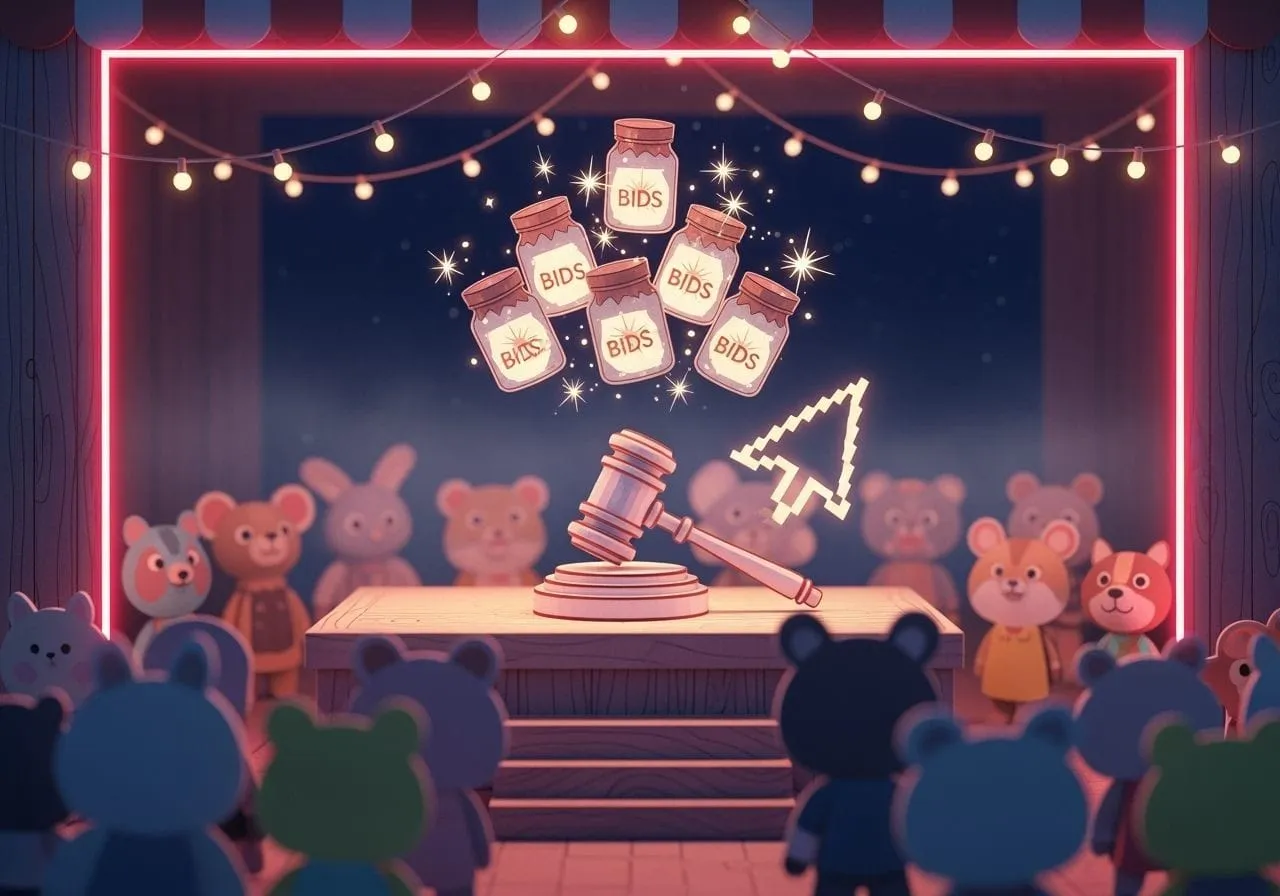“If you don’t price your data, someone else will inventory your life.”
Welcome to the night market where you’re both customer and product. Habits glow in jars, typos sparkle like confetti, and your Tuesday route loops in a pickle brine of “personalization.” Brokers don’t sell you—they sell a forecast shaped like you, then resell it back as relevance. This isn’t paranoia; it’s checkout.
Like What You Read? Dive Deeper Into AI’s Real Impact.
Keep Reading- Your life gets chopped into trophies—habits, typos, routes, DMs—and sold wholesale to people who promise “relevance.”
- The kicker: they resell it to you as personalization.
- It’s a flea market where you’re both the inventory and the customer.
Welcome to the lot
Down the block, under string lights and suspicious optimism, the market opens. No yelling, no haggling—just silent scanners and smiling booths. A jar labeled Habits pulses like a jellyfish. Typos is a mason jar with glittering “hte” and “definately.” Routes glows in a pickle jar with tiny cars doing laps. Late-night searches sits under the table like contraband. You don’t remember renting a booth here, but the Square reader knows your name.
The vendors are friendly abstractions: ad networks, data brokers, SDKs with church-boy names. They buy by the pound, sell by the vibe.
What’s actually for sale
Not your secrets—your predictables. A starter kit:
Habits: sleep windows, snack o’clock, doomscroll half-life.
Typos: class tells, dialect hints, education cosplay.
Routes: commute, side quests, the store you pass but never enter.
Micro-pauses: places your thumb hesitates; the ad learns to breathe with you.
Almost-buys: carts you abandoned like orphaned kittens.
Individually boring. Together? A you-shaped forecast with a credit limit.
Price discovery, but for people
Brokers don’t sell “Jason.” They sell clusters: “People who tap twice on ads but swear they never click.” “Night owls with homeowner anxiety.” “Parents who Google ‘how to fix drawer’ and then buy a new dresser.”
Your mood can be a line item. So can your lonely Thursday. The algorithm doesn’t care if it’s accurate; it cares if it bids.
What you get back
You pay for your own portrait in three currencies:
Shaped choices. The menu changes before you arrive. “You’ll love this” quietly deletes alternatives.
Dynamic prices. Personalized “deals” that sometimes cost more—conveniently tailored to your tolerance.
Narrative erosion. After a while you want what you’re shown and call it taste.
The market doesn’t need your consent; it needs your momentum.
Haggling rules (you have a few)
This isn’t about going feral off-grid. It’s about price pressure.
Friction the funnel. Kill autoplay, mute keywords, turn off “activity-based ads.” Slow the scanner, shrink the jar.
Decoy the profile. Separate logins; compartmentalize browsers; shuffle defaults. If they insist on a portrait, make it cubist.
Keep receipts local. On-device notes, downloads, and models where possible. The best data is the data that never left.
Swap products, not just settings. If an app treats your life like a buffet, try the one that treats it like a pantry.
Practice the quiet no. Close the tab. Skip the quiz. Decline “improve your experience.” You’re not rude; you’re sovereign.
None of this is perfect. All of it is price the market understands.
Seller’s remorse
Funny thing—you’re not the seller. You’re the supply chain. The sellers are integrations with impeccable manners. “By continuing you agree…” is the flea market equivalent of a handshake with your pockets turned out.
So make them earn it. If a platform won’t let you set terms, it doesn’t deserve your inventory.
One-day experiment
For 24 hours:
Open the web only to do something you can write on paper—buy X, learn Y, fix Z. If a feed tries to sell you a feeling, bail. That night, list what you did because of what you saw. If the list is empty, your jars were the only things moving.
Final word
Your data isn’t a diary—it’s store fixtures. The market will keep selling you back to yourself until you start charging rent. Add friction. Add terms. Add silence. If it blends, it ends—especially when it’s you.



